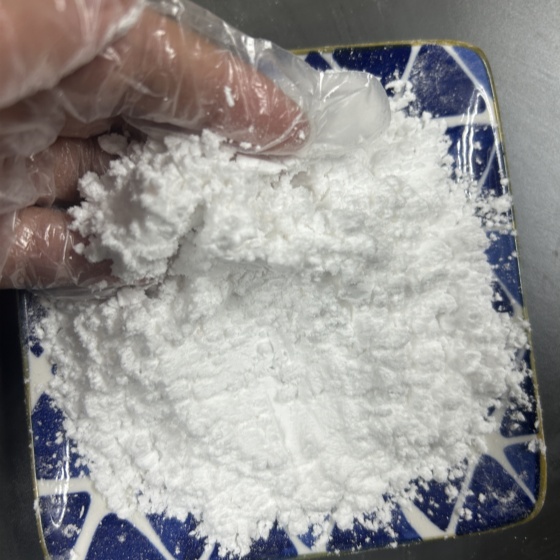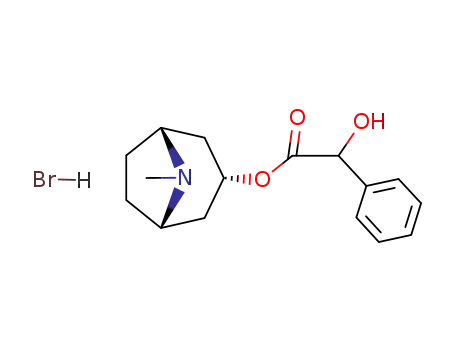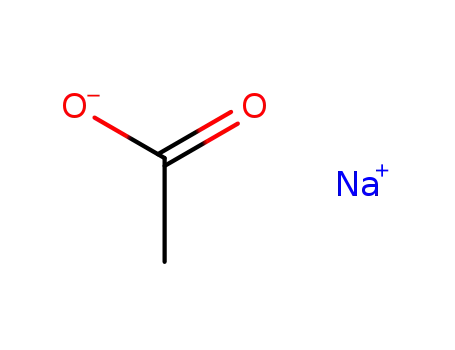Your Location:Home > Products > Pharmaceutical Raw Material > Tropine


CasNo: 120-29-6
MF: C8H15NO
Appearance: white to slightly yellow crystalline powder
Tropine is a colorless crystalline substance. It is an important alkaloid. In the field of medicine, tropine and its derivatives are often used to prepare mydriatic drugs, antispasmodics, etc. For example, atropine is synthesized from tropine and can be used to relieve gastrointestinal spasms, mydriatic optometry, etc. Tropine has a relatively active chemical property and can participate in a variety of chemical reactions, providing a basis for drug synthesis. Its acquisition usually needs to be extracted from specific plants or obtained by chemical synthesis.
InChI:InChI=1/C8H15NO/c1-9-6-2-3-7(9)5-8(10)4-6/h6-8,10H,2-5H2,1H3
A new catalyzed glycolysis of PET was developed with new catalysts, tropine and tropine-zinc acetate complex. Conversion 100% of waste PET and product yield 82.3% of BHET was obtained in conditions (190℃, EG:PET = 5:1, catalyst:PET = 1:20). The influence of PET particle size on the glycolysis was discussed.
Within the food and pharmaceutical indus...
The oxidation of the anticholinergic dru...

homatropine hydrobromide


MANDELIC ACID


3-tropanol
| Conditions | Yield |
|---|---|
|
at 20 - 47 ℃; Kinetics; in wss.Loesungen vom pH 7 bis pH 12.5.Hydrolysis;
|

homatropine


MANDELIC ACID


3-tropanol
| Conditions | Yield |
|---|---|
|
at 20 - 47 ℃; Kinetics; in wss.Loesungen vom pH 7 bis pH 12.5.Hydrolysis;
|

3-(2′-phenylpropionyloxy)tropane

tropinone

sodium acetate

bromotropinol

3-phenylacetoxytropane

N-phenyl-glycine-tropane-3endo-yl ester

4'-bromo-3α-(diphenylmethoxy)tropane

Tropacine